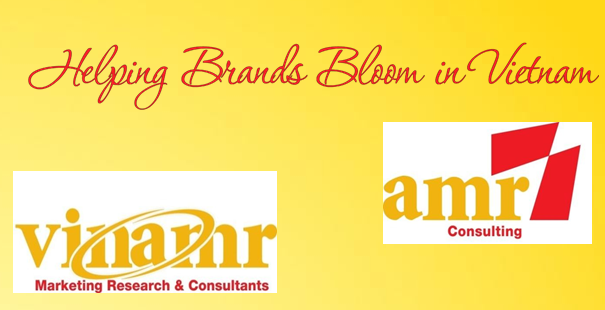Usage
& Attitude Testing (U&A Test)
 |
| Marketers always ask such questions like: who use the product? |
Marketers always ask such questions
like: who use the product? When do they use the product? What are consumers’
attitudes towards the product? Marketing research may answer those questions by
applying Usage & Attitude Test (U&A test).
Usage
and Attitude surveys
(U&A) give marketers an opportunity to thoroughly review product or service
within its marketplace so that marketers have well understanding about
product’s appeal, strengths, weaknesses and any gaps to enhance business
performance. In addition, Usage and Attitude surveys (U&A) gives marketers
insights regarding brand perception, then help marketers in evaluating how well
the product is known within the market.
Usage
and Attitude Test is
going to answer such questions from marketers:
·
Who
use the product?
·
When
do they use the product?
·
What
are consumers’ attitudes towards the product?
Surveys and questionnaires are key
tools that support marketers in identify characteristics of their target
consumers and learn how they consume the product. Based on collected data,
marketing researchers identify demographics, psychographic characteristics,
category details and brand details that will help marketers in create more
effective marketing strategy to target potential consumers. Such U&A study
give marketers an objective appraisal of the current situation and may identify
specific challenges for the product or brand in the longer term which will need
to be addressed strategically. The U&A can then become a base against which
progress and trends are tracked over time with future studies so that the
results and recommendations can be built into the strategic planning process.
In a Usage and Attitude Test,
Marketing researchers ask questions like these:
Demographics: Age, gender, income, education, region, language and household size
Psychographic characteristics: are you the primary grocery shopper, do you like shopping, and are you a bargain hunter.
Category details: how often do you buy this product, how often do you use it, what size of product do you buy
Brand details: what do you like about this brand, what would you change about this brand
Demographics: Age, gender, income, education, region, language and household size
Psychographic characteristics: are you the primary grocery shopper, do you like shopping, and are you a bargain hunter.
Category details: how often do you buy this product, how often do you use it, what size of product do you buy
Brand details: what do you like about this brand, what would you change about this brand
Benefits:
·
The
who-what-when-where-how dynamics of your category or market
·
Identify
brand loyalty and what drives it
·
Understand
how behavior and usage changes by brand
·
Why
consumers buy specific brands (and what is distinctive about these consumers)
·
Identify
any gaps between needs and performance (opportunities)
·
The
basis for a customer segmentation study
AMR Group is an expert
in Vietnam and its markets. The team
is local but with international training and experience, operating to global
standards. AMR
Group helps brands bloom in Vietnam through lean, focused &
reliable marketing research from VINAMR Marketing
Research & Consultants; marketing & brand strategy with AMR. VINAMR
Marketing Research & Consultants provide world class lean, focused and
reliable research through deep understanding of the brief, international
quality field, professional data handling & decision-orientated analysis,
action focused recommendation. AMR use insights from VINAMR Marketing Research &
Consultants to deliver effective marketing & branding consulting,
retail consulting & training, seminar & training: Brand War
Compiled
by AMR Group (Marketing Research in Vietnam-Nghien Cuu Thi Truong Viet Nam) on
2014
Source:
Strategic Initatives
 |
| AMR Group - Helping Brands Bloom in Vietnam |
This article is compiled by AMR Group to provide updated information on markets. AMR Group puts the best effort to obtain the most accurate and
timely information available from various reliable sources. The article should
be best considered a reference and indicative only. It is not an offer or
advice for any actions related to any assets. AMR Group provides no warranty
or undertaking of any kind in respect to the information and materials found
with, or linked to the report and no obligation to update the information after
the report was released. AMR Group does not
bear any responsibility for the compiled information, or any consequences
arising from its use.
For related articles U&A Test:
Marketing Research – Usage and
Attitude Studies - http://amr.com.vn/news-insights.html?id=105
Marketing Research – U&A Testing
- http://amr.com.vn/news-insights.html?id=110
 RSS Feed
RSS Feed Twitter
Twitter 8:59 AM
8:59 AM
 Unknown
Unknown



















